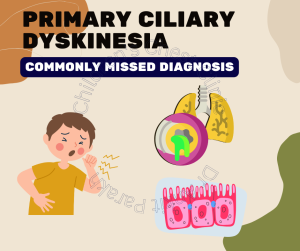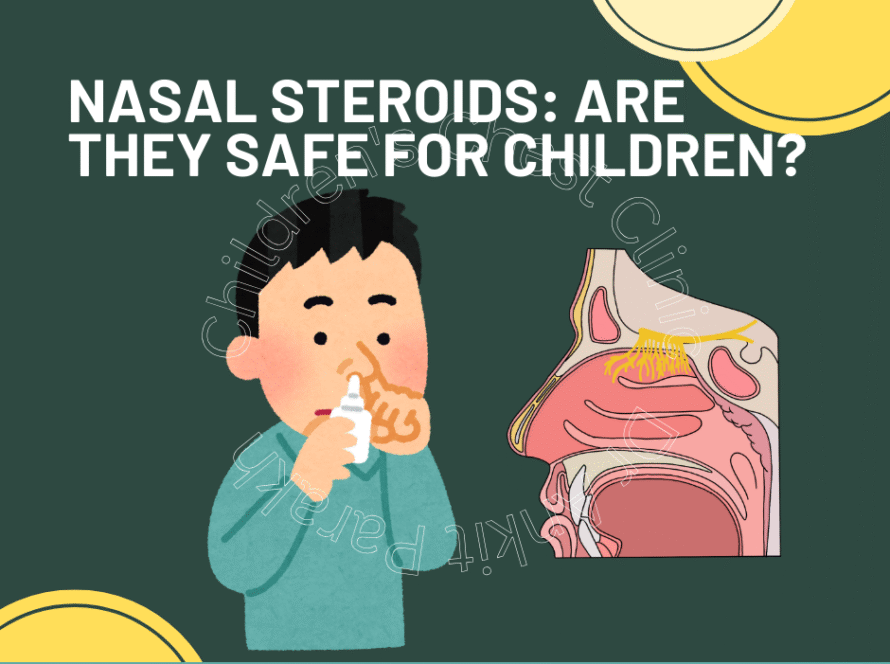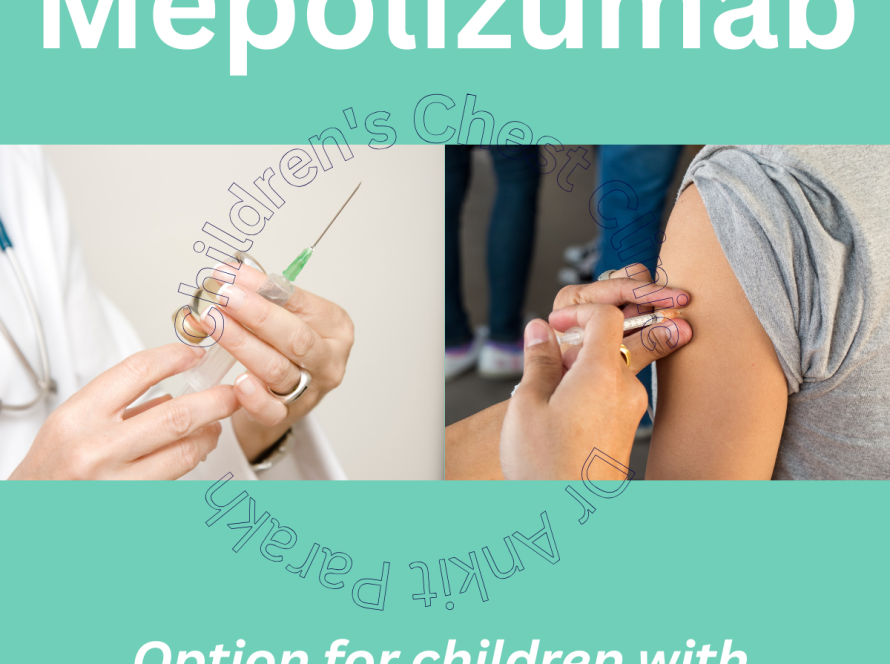Primary Ciliary Dyskinesia (PCD) is a rare genetic disorder caused by defects in the structure and/or function of cilia. Cilia are tiny hair-like structures found in the respiratory tract, ears, and reproductive organs. These cilia play a crucial role in clearing mucus and debris from the airways, among other functions. When cilia don’t work properly (either immobile or ineffective movements) due to genetic mutations, it can lead to a range of chronic respiratory issues and other health complications.
What are the symptoms of Primary Ciliary Dyskinesia (PCD) syndrome?
Symptoms of Primary Ciliary Dyskinesia (PCD) can vary but are commonly present since early infancy. Approximately 75% of children with Primary Ciliary Dyskinesia (PCD) have trouble breathing after birth and need oxygen treatment for days or weeks after they were born. Common respiratory symptoms include chronic wet cough from infancy that tends to persist. Repeated respiratory infections lead to irreversible scarring and dilatation in the airways (bronchiectasis) and severe lung damage. Chronic nasal congestion including thick nasal drainage that may lead to sinusitis and repeated middle ear infections are common features of Primary Ciliary Dyskinesia (PCD). Approximately 50% of individuals with Primary Ciliary Dyskinesia (PCD) have Kartagener syndrome in which the internal organs including the heart, liver, spleen and intestine are on the opposite side of the body (situs inversus totalis). Ciliary dysfunction also affects the reproductive system leading to infertility in males and infertility/ectopic pregnancy in females.

How do we diagnose primary ciliary dyskinesia (PCD)?
Diagnosing PCD can be challenging as symptoms overlap with other respiratory conditions. Diagnosis often involves specialized testing such as nasal nitric oxide testing, biopsy of ciliated tissue (usually from the nose or trachea) with analysis of ciliary ultrastructure, and genetic testing to confirm the presence of mutations. Some centres perform high speed video microscopy from the biopsy of the ciliated tissue to analyse the movement of the cilia.
How do we treat patients with Primary Ciliary Dyskinesia (PCD)?
While there is currently no cure for PCD, treatment focuses on managing symptoms and preventing complications. This may include antibiotics to treat infections, airway clearance techniques like chest physiotherapy and exercise, and in some cases, surgical interventions. Patients are encouraged to maintain good respiratory hygiene, stay up-to-date with vaccinations, and participate in pulmonary rehabilitation programs if necessary. Support from family, friends, and patient advocacy groups can also play a crucial role in managing the emotional and social aspects of living with a chronic condition.
Early diagnosis and a multidisciplinary approach involving pulmonologists, ENT specialists, and genetic counselors are crucial for managing Primary Ciliary Dyskinesia (PCD) effectively. With early diagnosis, comprehensive care, and ongoing research, there is hope for improved outcomes and quality of life






